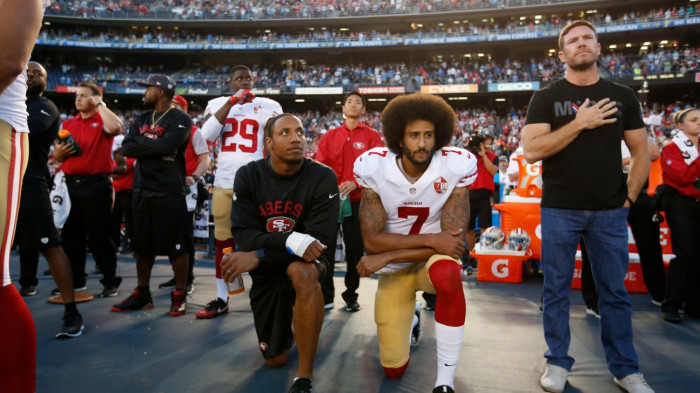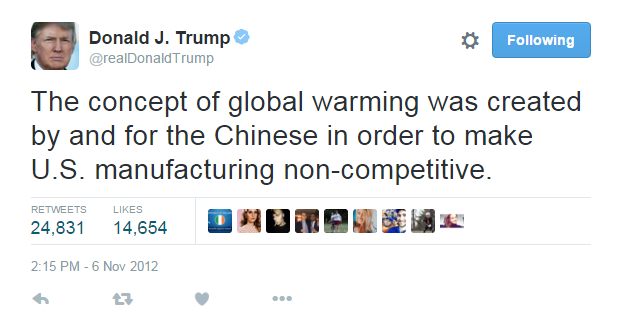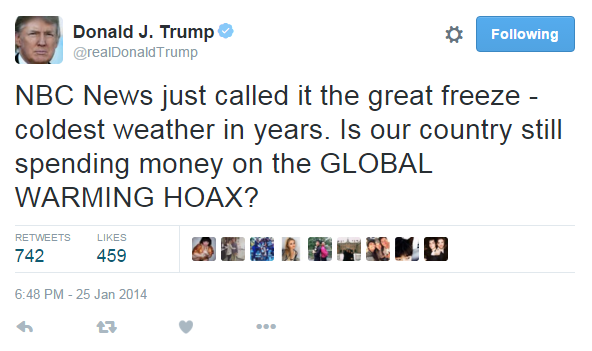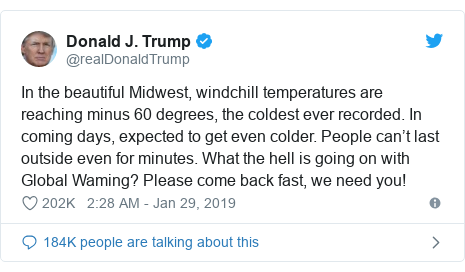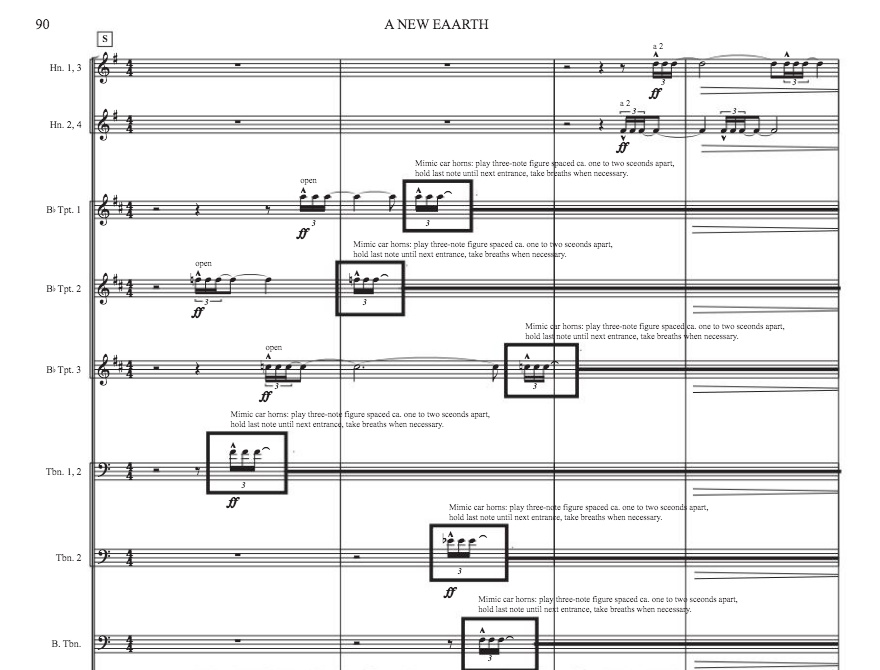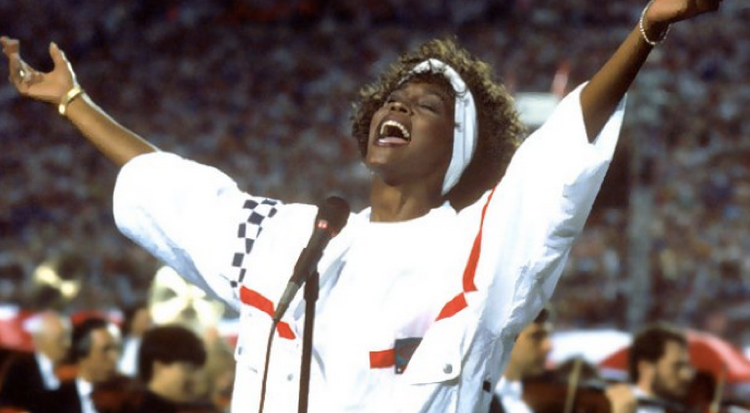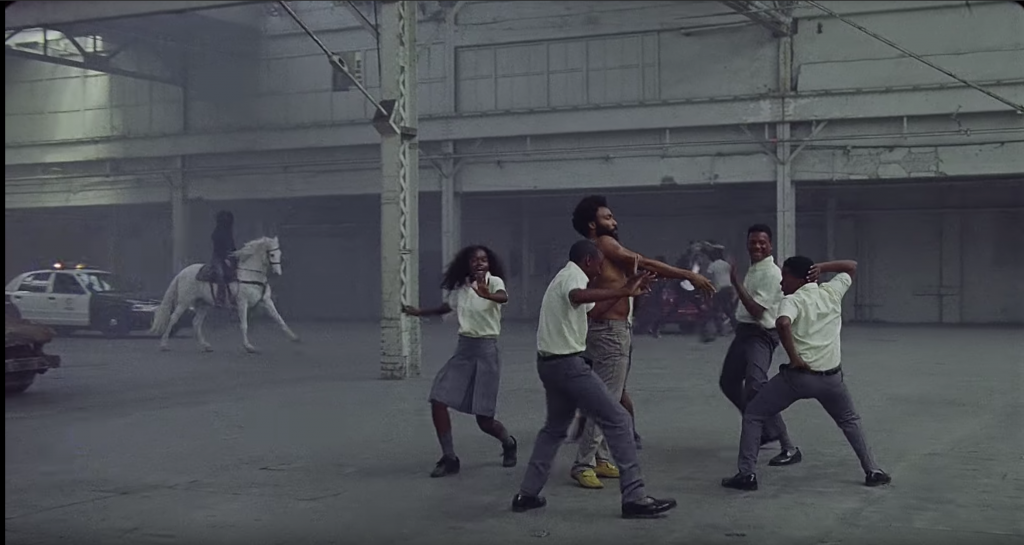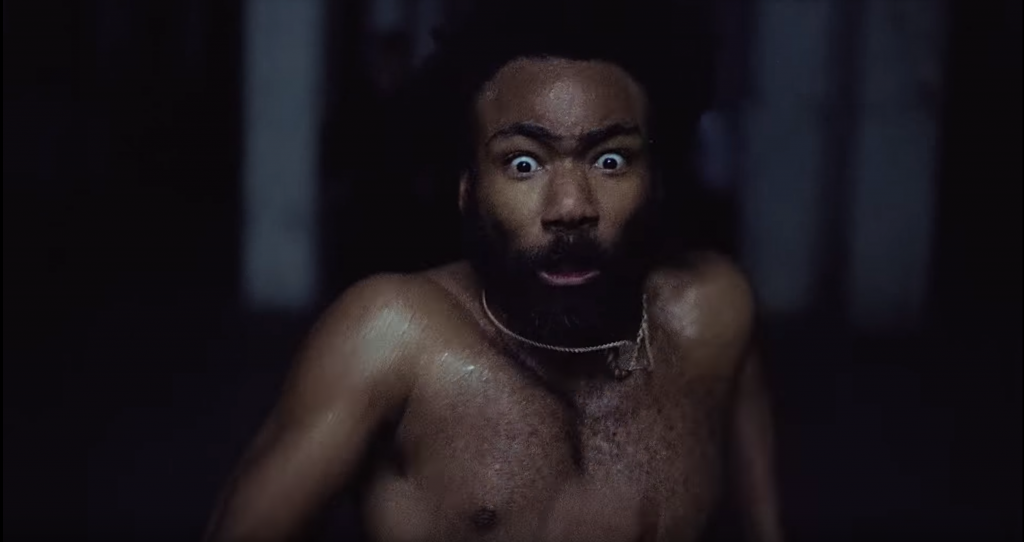Music is definitely an extremely subjective form of art. We cannot give a performance and expect to please everyone – there is going to be at least one person in the audience who will disagree with the music to a certain extent. Shostakovich’s opera Lady Macbeth was considered one of the greatest masterworks of the century, but at the same time also one that went through the most social changes compared to any other work in the Russian music history. Shostakovich has already established his trademark with his use of humor, satire, sarcasm, pathos, etc. This work was supposed to give rise to the Russian literary heritage, as very little was taken from it during the development of the Soviet opera. The opera carries intensity and power through its entirety, ranging from the singers to the orchestra members. Shostakovich noted that the orchestra was not merely just accompaniment, but is actually an integral part of the opera, which is untraditional in other operas. Usually, the orchestra just provides underlying figures and motives to support the singers. This work also breaks the traditional structure of opera in that Shostakovich did not want breaks between scenes, allowing the music to create a continuous flow and to sustain the power all throughout with no interruptions. Since the premiere performance in Leningrad and Moscow, the opera gave successive successful performances for almost two years. Suddenly, this one performance I’m about to explain had completely started the downfall of Shostakovich’s reputation.
During the premiere performance of this work at the Metropolitan Opera, an unexpected audience member, Joseph Stalin, attended and was greatly appalled with the performance. He dashed out of the hall before the final act even began. Stalin completely disagreed with Shostakovich’s attention gained through this piece and his ideas of avant-garde music. At the close of the performance, Shostakovich walks out will feelings of foreboding. Few days later, he opened an article of the Pravda newspaper, titled “Muddle of Music.” This unsigned editorial noted that the work was “an ugly flood of confusing sound…a pandemonium of creaking, shrieking, and crashes.” As if the criticism could not have gone any worse, the article further stated that “To follow this ‘music’ is most difficult; to remember it, impossible.” Though it was anonymous, it was rumored that Stalin wrote it. This basically lead to the end of the era for this piece, where it was banned in the Soviet Union for nearly thirty years. During this period, Shostakovich continued to compose his Fourth Symphony, despite of what happened with the Opera. However, this piece was also a “massive, volatile, dissonant work,” making it a risk to present right after the Opera. Therefore, Shostakovich withdrew it and was not performed for another 25 years until it was post-Stalinist. This Opera was also the last work Shostakovich has ever written with text, as it could be the most easily misinterpreted.
It is clear that there were huge tensions between Shostakovich and the entire Soviet community, merely caused by one performance and one person. This only goes to show that music can be so powerful and, in a way, political, to the point where the society gets affected in a negative manner. A lot of us view listening to Western classical music as a outlet for relaxation and pure enjoyment. Of course we would hope to listen to the music for the music itself, but sometimes we have to understand that knowing the history behind the piece is also an important aspect that can influence the way we interpret the piece. That’s why we should study the piece before performing it right…? Imagine performing a Shostakovich piece without even knowing what he has gone through, and the intentions of his composition…that would definitely not do justice to the piece.
Tommasini’s article about Trump’s take on symphonies provides a similar message to Shostakovich’s reception of his Opera. Trump claims that symphonies are superior to other art forms, making it a very subjective statement. Again, how can you “rank” music when each one is so different from each other? What is the standard? Making these assumptions would eventually lead to problems amongst the public, which is clearly what happened with Shostakovich’s opera. The article also states that “If this art form is so superior, it must be prohibitively high;” however, there is a “plethora of free, or very affordable, high quality classical music events.” In an art form with such diverse styles, there really should not need to be any hierarchy. Below, we can see two extremely different examples of classical music. Of course, Beethoven is much more grandioso, providing a heavier and darker texture, while Haydn portrays a much lighter and joyful character. But that doesn’t make one superior to the other right? We should understand that different music requires a different type of listening and approach to grasp the intentions of the music.

In conclusion, Trump’s opinion can be viewed somewhat similarly to Shostakovich’s situation with his Opera in that they both place strong views that can influence the public audience. We should be aware of the “assumptions” we make and how others will react to it. For Shostakovich, even after the huge success of his Fifth Symphony, they did not allow him to restore the original version of his Opera. This shows that the impact can be everlasting and in comparison to Trump’s stance on symphonies, his opinion can also have a powerful influence on others, of course not in a positive way.
Let’s just respect all music for what it is….











